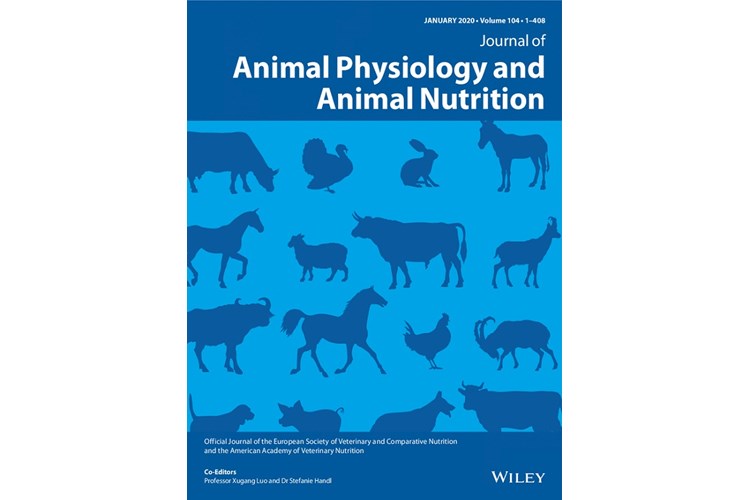Evaluation of predicted ration nutritional values by NRC (2001) and INRA (2018) feed evaluation systems, and implications for the prediction of milk response
Net energy and protein systems (hereafter called feed evaluation systems) offer the possibility to formulate rations by matching feed values (e.g., net energy and metabolizable protein) with animal requirements. The accuracy and precision of this approach relies heavily on the quantification of various animal digestive and metabolic responses to dietary changes. Therefore, the aims of the current study were, first, to evaluate the predicted responses to dietary changes of total-tract digestibility (including organic matter, crude protein, and neutral detergent fiber) and nitrogen (N) flows at the duodenum (including microbial N and undigested feed N together with endogenous N) against measurements from published studies by 2 different feed evaluation systems. These feed evaluation systems were the recently updated Institut National de la Recherche Agronomique (INRA, 2018) and the older, yet widely used, National Research Council (NRC, 2001) system. The second objective was to estimate the accuracy and precision of predicting milk yield responses based on values of net energy (NEL) and metabolizable protein (MP) supply predicted by the 2 feed evaluation systems. For this, published studies, with experimentally induced changes in either NEL or MP content, were used to calibrate the relationship of NEL and MP supply, with milk component yields. Based on the slope, root mean square prediction error, and concordance correlation coefficient (CCC), the results obtained show that total nonammonia nitrogen flow at the duodenum was predicted with similar accuracy and precision, but considerably better prediction was achieved when the INRA model was used to predict organic matter and neutral detergent fiber digestibility responses. The average NEL and MP content predicted by both models was similar, but NEL and MP content of individual diets differed substantially between both models as indicated by determination coefficients of 0.45 (NEL content) and 0.50 (MP content). Despite these differences, this work shows that when response equations are calibrated with NEL and MP values either from the INRA model or from the NRC model, the accuracy and precision (slope, root mean square prediction error, and CCC) of the predicted milk component yields responses is similar between the models. The lowest accuracy and precision were observed for milk fat yield response, with CCC values in the range of 0.37 to 0.40, compared with milk lactose and protein yields responses for which CCC values were in the range of 0.75 to 0.81.
до
J. B. Daniel
на 06.10.2020






